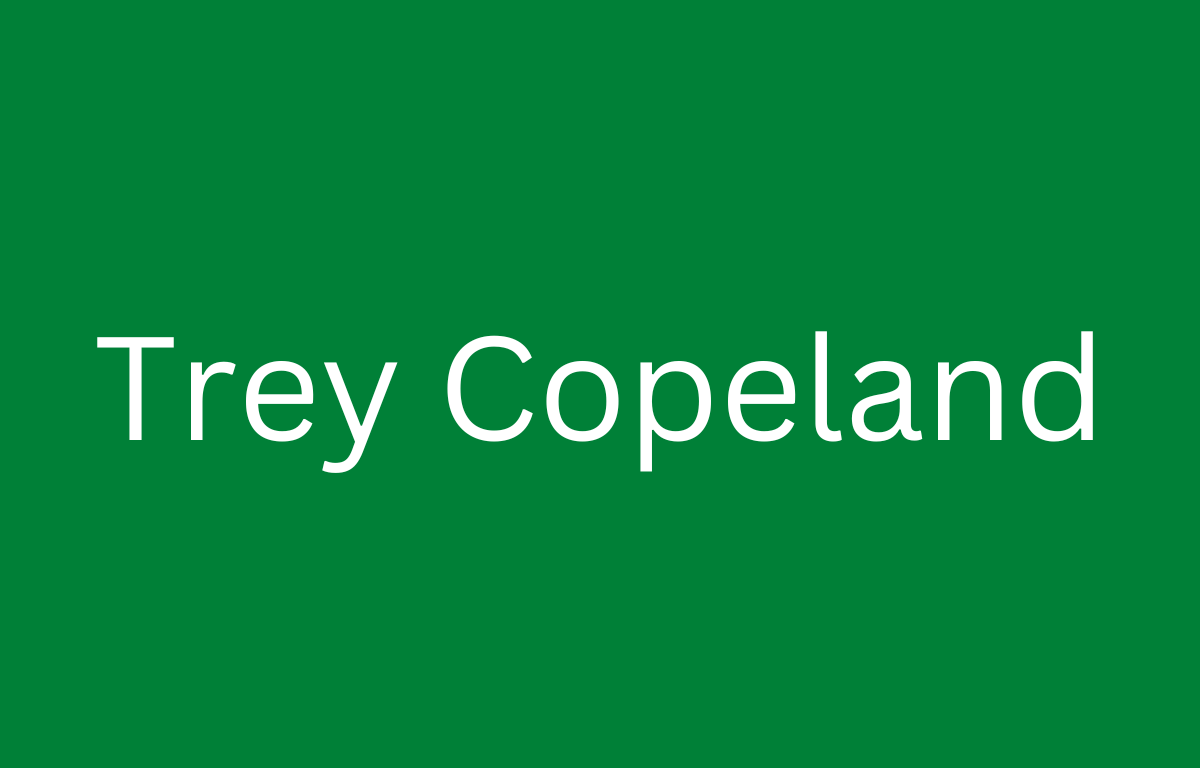Written by Trey Copeland for Western Kentucky University in 2006
You hear the word blog and wonder, “What in the world is it?” Merriam-Webster defines a blog as a Web site that contains an online personal journal with reflections, comments, and often hyperlinks provided by the writer(http://m-w.com/dictionary/blog).The word blog actually came from the term Web Blog, meaning an online journal or diary on the web.
Blog.
The idea of a blog is quite simple. A blog is for creative people who want to express their opinions and get their words out there for anyone to read. The majority of blogs have some type of commenting system implemented. This allows readers to comment on the author’s articles and posts. The fun begins with the interaction between the author and readers that is allowed by the commenting system.
Most blogs are mainly just textual content, but they have also branched out to other types, such as video blogs, photoblogs and audio blogs(also known as podcasts).
Blogs usually provide commentary and opinions on news, politics, entertainment, Internet, and are also used as personal online diaries. Bloggers post for different reasons. Some have a very large website with a big readership and a large amount of traffic. These users are in the business for money and fame. Some blogs are read thousands of times per day. Still, there are some bloggers who just write for themselves or only a close circle of friends.
One of the first bloggers to hit the blog scene was Brad Fitzpatrick. He grew up in Oregon and received a degree in Computer Science at the University of Washington in Seattle. Brad created a small project called LiveJournal which he started in March of 1999. His small hobby quickly turned into a massive online blogging community where there are now over 10 million user accounts. Brad sold his project to blogging company, Six Apart for over one million dollars in January 2005.
Statistics.
The amount of blogs that have hit the web in the past four years has been astonishing. Technorati, the leading blog search engine on the Internet, currently has a database of nearly fifty seven million blogs worldwide. There are more than fifty thousand new blogs created each day that get indexed by Technorati.
Figure 1. This graph shows an estimate of the amount of blogs on the Internet today.
what is a blog
Sources: http://www.caslon.com.au/weblogprofile1.htm & http://billives.typepad.com/portals_and_km/2004/10/how_many_bogs_r.html
The statistics from the graph were pulled from a variety of different sources and then rounded to an even number. Just in the past year as the Internet turned the corner and coined the term, “Web 2.0,” the amount of blogs have sky rocketed. Figure 1. shows that in 1997, there were only close to 100 blogs on the web. Now, the blogosphere is populating at an amazing rate. According to Technorati, there are more than fifty five million recognized and indexed blogs on the Internet today.
Getting Started.
Blogs will continue to change and more users will be getting involved as technology expands. With the growing amount of software and tools, users will limited computer skills can publish a blog or website very easily.
Marketers are finding out that blogs are powerful tools. Their products can reach a wider audience when marketed online. People are using blogs to make revenue by covering their site with ads and text links. For example, the blogging media company Gawker Media has used ads to gain lots of revenue from all the sites that it currently operates. Two very successful political blogs, Bob Somerby’s Daily Howler and Mickey Kaus’ Kausefiles draw a huge crowd of readers that want to hear the latest rants and raves in the political world.
In 2001, there was enough interest in the blogging world that tutorials and how-to manuals started to emerge. As shown in Figure 1, this is when blogging started to boom. The blogosphere is now expanding and the Internet has turned a major corner in the blogging community.
So you like the sound of this blogging stuff and want to know how to get started? Here are a few things to keep in mind:
Find a webhost. Make sure you have enough space and bandwidth for expansion. Make sure your host supports at least PHP and MySQL. Make sure your host has 24/7 technical support, as problems do arise and you may need help. Make sure they offer cPanel with Fantastico. Install your Blogging software. The most widely used software platform for blogging is a PHP script that uses MySQL to store data called WordPress as shown in Figure 2. WordPress is very easy to install and navigate. Start Blogging. Your blog must have regularly updated content in order to gain a steady readership and to expand. Your content must be original. Your blog should allow comments for user interaction. Figure 2. A fresh WordPress install.
Source: Wikipedia http://en.wikipedia.org/wiki/Blog/
Once you get WordPress installed and you start blogging, the most important thing to remember is to update your content. You will lose users quick with outdated content. The next thing you can think about is how you can use this blog as a source of income. If you have original content and are gaining a decent readership, then you’re headed in the right direction.
In conclusion, everyone should take on the task of setting up a blog or website. In this age, where technology and the Internet is booming, there’s no reason not to make your presence known online.
References.
Calson Analytics Profile: weblogs and blogging – July, 2006, http://www.caslon.com.au/weblogprofile1.htm
How Many Blogs Really Exist? – October 1, 2004, http://billives.typepad.com/portals_and_km/2004/10/how_many_bogs_r.html
Wikipedia – http://en.wikipedia.org/wiki/Blog
NITLE – http://blogcensus.net/
